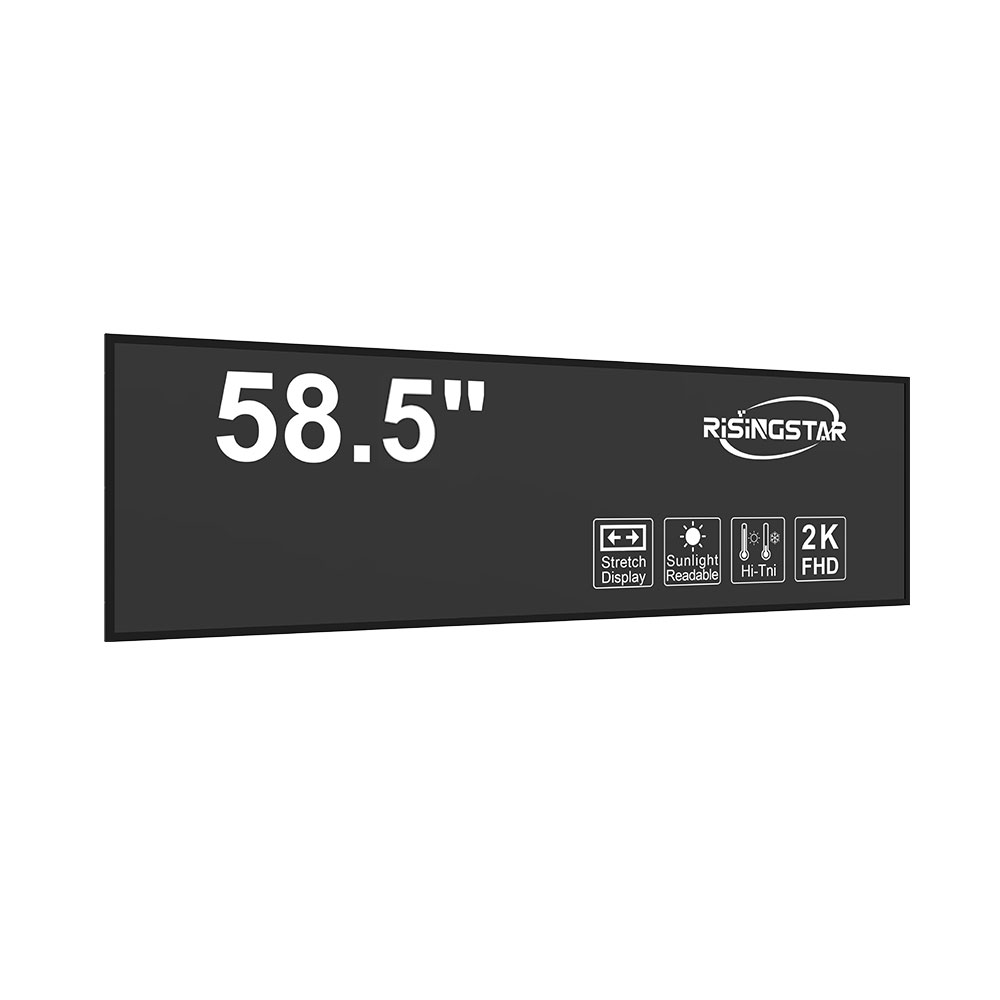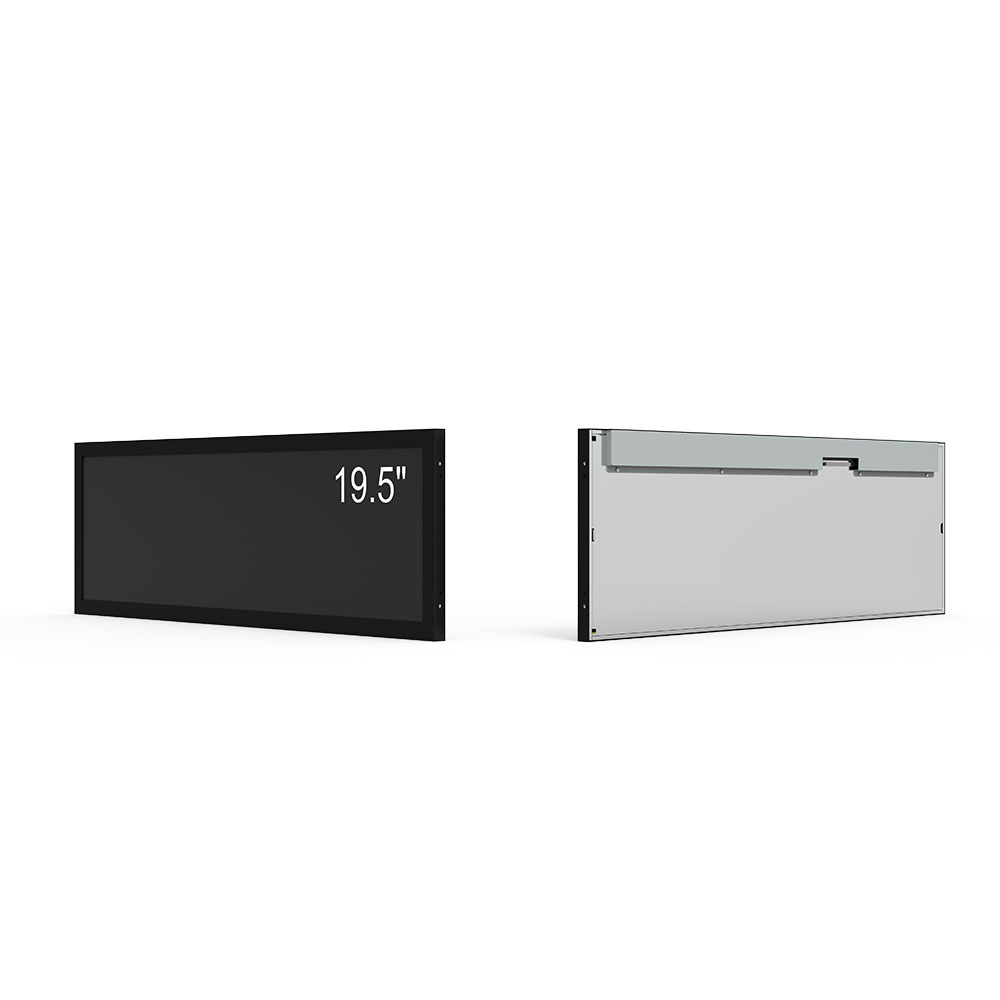- Home
- About Us
- Products
- News
- Video
- Contact
- Send Inquiry
Search
- Home
- About Us
- Products
- News
- Video
- Contact
- Send Inquiry

When designing outdoor LCD screens for public spaces, such as digital signage, transportation hubs, or retail environments, achieving optimal brightness is critical to ensure visibility under direct sunlight. Industry standards, like those from the Society of Motion Picture and Television Engineers (SMPTE), recommend a minimum brightness level of 5,000 nits for outdoor displays exposed to full sun. However, real-world performance often demands even higher luminance—typically between 7,000 and 10,000 nits—to maintain clarity during peak daylight hours. This requires careful selection of LED backlighting technology, including high-efficiency SMD (Surface Mount Device) LEDs with advanced phosphor coatings that enhance color consistency and reduce power consumption.
In addition to raw brightness, contrast ratio plays a vital role in readability. Outdoor LCDs must maintain a contrast ratio of at least 4,000:1 to distinguish text and images against bright backgrounds. Manufacturers now employ anti-glare coatings and polarized filters to minimize reflections and improve image quality. For example, a case study from LG Electronics in 2023 demonstrated a 28% improvement in readability on an outdoor kiosk screen when using their proprietary “SolarMax” display panel, which integrates both high-nit output and optimized viewing angles.
Environmental factors such as ambient temperature and humidity also influence brightness performance. High temperatures can cause LED degradation over time, reducing luminance by up to 15% within five years if not properly managed. Therefore, thermal management systems—including passive heatsinks and active cooling fans—are essential. According to IEC 60068-2-14 (Environmental Testing Standard), outdoor displays should be tested for thermal stability across a range of -30°C to +60°C to ensure reliability.

Moreover, smart brightness adjustment via ambient light sensors (ALS) allows dynamic control based on real-time conditions. This not only improves visibility but also reduces energy consumption by up to 30%, aligning with sustainability goals. Leading manufacturers like Samsung and NEC integrate ALS with AI-based algorithms that adapt screen brightness automatically while preserving content integrity.
In conclusion, optimizing outdoor LCD screen brightness involves a holistic approach—combining hardware selection, environmental resilience, and intelligent software integration. Adhering to industry standards such as SMPTE ST 421-1 and IEC 60068 ensures long-term performance and user satisfaction in demanding outdoor applications.
